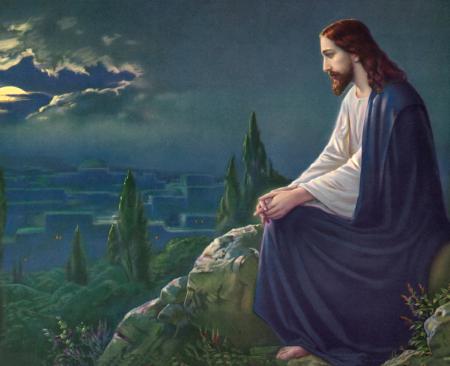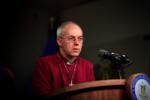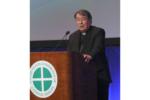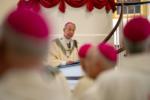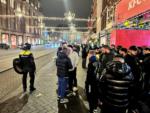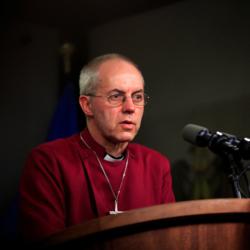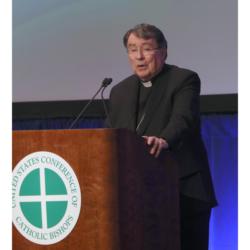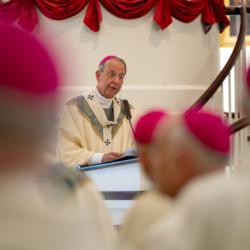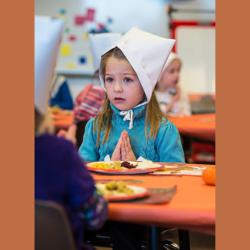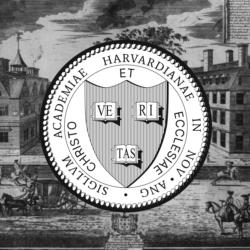The challenges of being a Catholic voter
Every four years, for as long as I've been in the Catholic press, editors get two types of phone calls come election time.
The first is to complain about the perceived bias of the editor or her reporters.
Once, years ago, my paper decided to run a news photo on the cover from each convention when the candidate was chosen. The Democratic convention was first, and we received immediate complaints that our decision to run that photograph showed our bias. Two weeks later, we ran the photo from the Republican convention, and were immediately accused of bias as well.
The second type of phone call is from readers asking who they should vote for.
Most Catholics are trying to make the best prudential decision while a lot of people are yelling at them with their opinions.
The confusion is understandable. While Catholics have traditionally leaned Democrat, reflecting their immigrant and working-class roots and distrust of a Protestant-dominated Republican Party, in recent decades this has changed. Also, pollsters get different results if they ask if the self-identified Catholic goes to Mass regularly or is registered in a parish.
The issue that has tended to dominate any political discussion involving Catholics is, of course, abortion.
When the Supreme Court legalized abortion in 1973, both parties had pro-life and abortion rights wings. Over the past 50 years, and after the assiduous work of activists on both sides, the parties culled their moderates. This polarized the electorate but energized each party's base.
The Supreme Court's 2022 Dobbs decision overturning Roe v. Wade and returning the abortion issue to the states scrambled the equation. Suddenly the outrage about a high court fiat changed sides, with even conservative states like Kansas voting to legalize abortion.
All of which tells me that we are at an inflection point as we approach the fall election. On the one hand, both parties have doubled down on their respective positions, though the Republican candidate has muddied the waters by suggesting that having each state vote is an okay compromise.
Writing in The Atlantic, Dr. Charles Camosy suggested neither party is acceptable now: "We're a constituency without a political home. As a pro-life academic and activist who has worked on these issues for three decades, I find neither major-party candidate in this presidential election acceptable."
But rather than throwing up his hands in despair, Camosy has teamed up with other pro-life leaders to propose a way out of the political cul-de-sac pro-lifers have found themselves trapped in.
In a June 24, 2024, article in "The Angelus," he called attention to a coalition of pro-life groups that have issued a "blueprint for life," proposing seven policy pillars that will help moms, children and families, reducing the coercive pressure on women to choose abortion and supporting another path. The proposal includes:
-- Providing flexible resources to parents
-- Making childcare more affordable
-- Supporting healthy moms and babies
-- Expanding resources for adoptive and foster parents
These proposals suggest a bi-partisan political agenda that would make real maternal choice possible, and not just a slogan.
As for the election: Well, even Pope Francis has weighed in. Asked Sept. 13 about the choice Catholic voters face between the Democratic candidate, who supports legalized abortion, and the Republican candidate, who wants to severely restrict immigration and deport millions of migrants, the pope said: Both attitudes "are against life: the one who wants to throw out the migrants and the one who kills children. Both are against life."
As for what a Catholic voter should do, he said, "in political morality, generally, they say not voting is wrong; one must vote, and one must choose the lesser evil" in accordance with one's conscience.
Which suggests editors can expect more phone calls in the next several weeks.
- Greg Erlandson is the former director and editor-in-chief of Catholic News Service.
